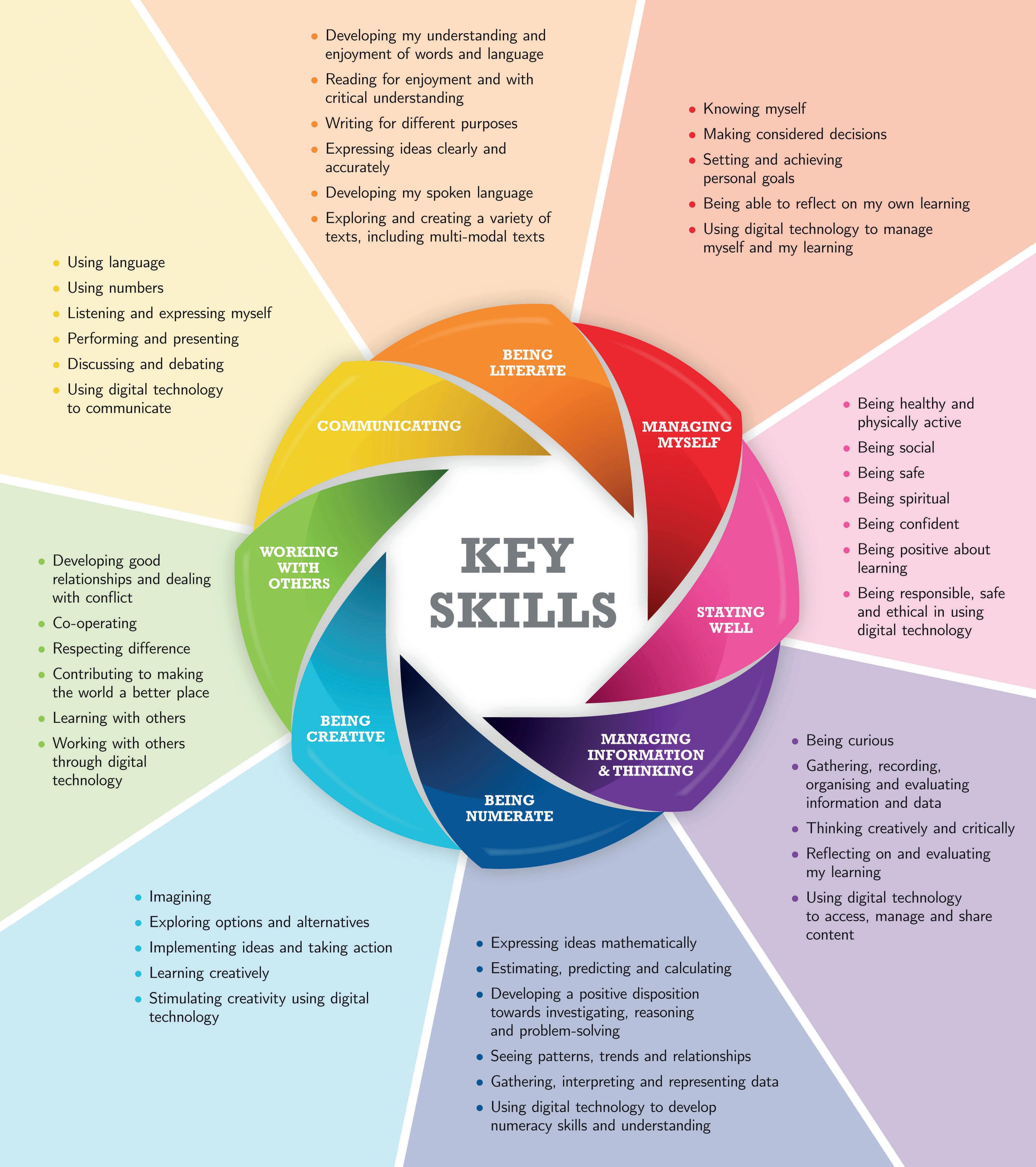
7 minute read
Introduction
Course Outline
Junior Cycle Religious Education has been designed for a minimum of 200 hours of timetabled student engagement across three years of Junior Cycle. The ClassroomBased Assessments (CBAs) and externally assessed final examination will be set at a common level.
Strands
There are three strands in the Junior Cycle Religious Education Specification: Expressing beliefs, Exploring questions and Living our values.
Expressing beliefs
This strand develops students’ ability to understand, respect and appreciate how people’s beliefs have been expressed in the past and continue to be expressed today through lifestyle, culture, rites and rituals, community building, social action and ways of life. It enables students to appreciate how people express and live out their different beliefs – religious or otherwise. It also focuses on understanding and appreciating that diversity exists within religions.
Exploring questions
This strand enables students to explore some of the questions of meaning, purpose and relationships that people wonder about and to discover how people with different religious beliefs and other interpretations of life respond to these questions. It focuses on students developing the knowledge, understanding, skills, attitudes and values that will allow them to question, probe, interpret, analyse and reflect on these big questions. It will help students to develop these attributes in dialogue with each other.
Living our values
This strand focuses on enabling students to understand and reflect on the values that underlie actions and to recognise how moral decision-making works in their own lives and in the lives of others based on particular values and/or beliefs. It also enables students to engage in informed discussion about moral issues and to communicate respectfully and explain their personal opinions, values and beliefs.
Learning Outcomes
Each strand contains ten Learning Outcomes (LOs). These learning outcomes are at the heart of the programme. The LOs do not have to be taught in any particular order. Some chapters in the textbook will cover or incorporate several learning outcomes. Most LOs will be revisited in later chapters. It is not intended that students will fully cover one LO and move on from it. Some of the LOs are more demanding than others. Remember, it is a three-year programme and therefore students are not expected to fully grasp any specific LO until the end of the three years. Teachers must decide which LOs should be studied at what stage of the three-year cycle. This will depend on the context and on the students’ ability. An example of this would be in Chapter 1, which covers (among other LOs) LO 1.1, which is ‘present the key religious beliefs of the five major world religions found in Ireland today’. You might only cover two of the five major world religions’ beliefs as presented in one year and come back to the other three the following year if you feel it is too much for students to do all five religions at once.
Elements Learning outcomes Students should be able to:
Enquiry Exploration Reflection and Action
1.1 Present the key religious beliefs of the five major world religions found in Ireland today 1.2 Investigate two communities of faith that have a significant presence in their locality/ region (the communities of faith chosen must be associated with two of the five major world religions studied in the specification) 1.3 Engage with members of a faith community associated with one of the five major world religions studied in the specification and show an appreciation of how the religious beliefs of the community influence the day-to-day life of its members 1.4 Investigate how Christianity has contributed to Irish culture and heritage 1.5 Explore the presence of religious themes in contemporary culture through an examination of art, music, literature or film 1.6 Examine and appreciate how people give expression to religious belief in religious rituals, in formal places of worship and other sacred spaces 1.7 Discuss the significance of non-religious rituals/celebrations for people’s lives 1.8 Describe the role of prayer in the lives of people of faith 1.9 Explain what was involved in the development of a sacred text within a major world religion and consider its continued significance for the lives of believers 1.10 Discuss the importance of dialogue and interaction between major world religions and within major world religions in promoting peace and reconciliation in the world today 1.11 Research religious or other organisations, working at a national or international level to promote justice, peace and reconciliation and consider how their work is an expression of their founding vision 1.12 Synthesise and consider the insights gained about how people express and live out their beliefs, religious or otherwise
Elements Learning outcomes Students should be able to:

Enquiry Exploration Reflection and Action
2.1 Research artistic, architectural or archaeological evidence that shows ways in which people have searched for meaning and purpose in life 2.2 Consider responses from one major world religion and from a non-religious world view to some big questions about the meaning of life, such as, why are we here? How should we live? What happens when we die? 2.3 Explore how different narratives/stories, religious and non-religious, express an understanding of creation/the natural world, and consider their meaning and relevance for today 2.4 Research and present the understandings of the Divine found in two major world religions drawing upon their origins in sacred texts and/or other sources of authority 2.5 Create a biography of a founder or early followers of a major world religion, using religious and historical sources of information 2.6 Construct a timeline of one major world religion, making reference to key people, times of expansion and times of challenge 2.7 Explore how the religious teachings of a major world religion address an issue of concern for the world today 2.8 Present stories of individuals or of groups in the history of two major world religions that have had a positive impact on the lives of people because of their commitment to living out their beliefs 2.9 Describe how the faith of a believer can change at different stages in life 2.10 Synthesise and consider the insights gained about how people with different religious beliefs and other interpretations of life respond to questions of meaning, purpose and relationships.
Elements Learning outcomes Students should be able to:
Enquiry Exploration Reflection and Action
3.1 Examine different sources of values and ways in which the values of a person relate to their everyday life choices, their relationships, and their responsibilities to others. 3.2 Reflect upon and discuss what it means to be moral, why people living in society need to be moral and what are the influences on and sources of authority for a person’s moral decision-making 3.3 Examine a moral code in each of the five major world religions and discuss how each moral code could influence moral decision-making for believers 3.4 Investigate what living a morally good life means with reference to two major world religions and compare with a non-religious world view 3.5 Examine how a moral decision-making process can help a person decide what is right and wrong in an everyday life situation 3.6 Debate a moral issue that arises in their lives and consider what influences two different viewpoints on the issue 3.7 Research the understanding of compassion, justice, peace and reconciliation found in two major world religions and ways in which these understandings can be seen in action 3.8 Explain how an understanding of care for the earth found in a major world religion promotes the wellbeing of all people and the planet and discuss its relevance for today 3.9 Synthesise and consider the insights gained about the norms, values and principles that inform decision-making and actions in the lives of people.

The new Junior Cycle places the student at the centre of the educational experience. Rather than just imparting information and content to the students, Junior Cycle Religious Education should provide a space for students to discuss deep questions relating to life, meaning and relationships. As a result, the activities and indeed content are much more active in nature than the old curriculum. This active learning approach will help students to develop a range of skills which are contained in the new Junior Cycle as a whole.

Source: NCCA
While suggestions are given in the textbook for different types of active learning, these are by no means exhaustive. The teacher will have much more autonomy when it comes to choosing content, too. For example, while the textbook might cover LO 2.7 (‘explore how the religious teachings of a major world religion address an issue of concern for the world today’) using the topic of poverty, a teacher might decide that their class has more of an interest in using a different topic such as climate change. Remember, once the students are meeting the learning outcomes, a teacher can use a variety of different content and sources, depending on the students’ ability and interests. The idea is that students should find insight in what they learn, which they can apply to their own lives. For example, regardless of their own religious beliefs, perhaps a student might find something in their study of Buddhism which they can apply to their own life. Overall, students should debate, discuss and engage with the material presented.


